Results 10,061 to 10,070 of 12096
Thread: Anandtech News
-
11-18-19, 04:53 PM #10061
Anandtech: Demand for HDD Storage Booming: 240 EB Shipped in Q3 2019
Demand for storage is stronger than ever as, in addition to growing user-generated data, machine-generated data now requires a formidable amount of storage space and will need even more in the future as the number of connected devices increases. Since the bulk of data continues to be stored on hard drives, it is not surprising that the third quarter was particularly successful for HDD makers, which despite the dent that flash sales are making, still set a record in terms of total shipped capacity.
Record 240 EB Shipped
The combined capacity of all of the hard drives sold by Seagate, Toshiba, and Western Digital in the third quarter totaled a whopping 240 exabytes (EB), of which 140 EB were nearline HDDs, according to TrendFocus. To put the number into perspective: the combined capacity of all HDDs and SSDs shipped last year was 912 EB and, today we are talking only about hard drives in one quarter. In fact, even when compared to Q2’s 207.5 EB, this is still 15% growth.
Market observers are attributing the significant rise in shipping HDD capacity to increasing shipments of enterprise-class nearline 14 TB, 15 TB, and 16 TB hard drives, which by now have been qualified by a substantial number of companies. For example, the average capacity of Seagate’s enterprise HDD (mission critical + nearline drives) was 6.3 TB in Q3 2019, up from 5.2 TB in the same period last year. By contrast, the average capacity of Seagate’s client hard drives was at 1.2 TB (unchanged from Q3 2018), as the bulk of such drives are intended for notebooks and their capacities range from 500 GB to 1 TB. In terms of units shipped, client and consumer electronics HDDs by far outsell enterprise and nearline drives, so, the average capacity of a Seagate HDD is 2.9 TB, up from 2.5 TB a year ago.
Unit Shipments Down
When it comes to total unit shipments however, not everything is quite as rosy, based on data from TrendFocus. The three manufacturers sold 83 million HDDs in the third quarter, up from 78.6 million in Q2 and 78 million in Q1, but down from around 88 million in the same quarter of 2018. In fact HDD sales have been in decline for a long time. Nidec, a Japanese motor manufacturer who is responsible for around 85% of all HDD spindle motors, said earlier this year that unit sales of hard drives had declined by around 43% from 2010 to 2018, going from around 650 million units in 2010 to 375 million units in 2018. Based on Nidec's forecast, HDD shipments will drop to 309 million drives in 2019, which will further drop to 290 million units in 2020.
Market Shares
When it comes to market shares in Q3 2019, Seagate was leading the pack with a 40.2% share, Western Digital followed with 35.4%, whereas Toshiba trailed with 24.4% of HDD unit shipments.
For readers interested to learn more about Seagate’s and Western Digital’s HDD businesses today, we included some supplementary information below.
Related Reading:
- Shipments of PC Hard Drives Predicted to Drop By Nearly 50% in 2019
- Seagate: 18 TB HDD Due in First Half 2020, 20 TB Drive to Ship in Late 2020
- Cray Unveils ClusterStor E1000 Storage Arrays: HDDs and SSDs, 1.6 TB/s per Rack
- Western Digital Reveals 18 TB DC HC550 'EAMR' Hard Drive
- Western Digital 20 TB HDD: Crazy Capacity for Cold Storage
- Western Digital: Over Half of Data Center HDDs Will Use SMR by 2023
- Toshiba's HDD Tech Roadmap: A Mix of SMR, MAMR, TDMR, and HAMR
- 18 TB HDDs: Toshiba Collaborates with Showa Denko for MAMR HDDs
Sources: StorageNewsletter/TrendFocus, Seagate, Western Digital
More...
-
11-19-19, 09:13 AM #10062
Anandtech: The Automated, Self-Contained, Liquid Immersed Data Center: TMGcore’s OTTO
Immersion cooling of servers is always fun, and it has evolved in the 20 years or so since I first saw it with $300/gallon special 3M liquids. In 2019, at every enterprise trade show, we see a few servers that use this cooling in data centers, despite the different infrastructure needs they have. In order to simplify adoption, TMGcore have developed fully self-contained and physically dense server containers. Not only that, but ‘OTTO’ is supposed to be better for the environment too.
More...
-
11-19-19, 10:24 AM #10063
Anandtech: AMD Announces Radeon Pro W5700: Navi Gets Drafted to The Pros
Taking a break from their recent run of consumer-focused video card launches, this morning AMD is turning their attention to the professional side of the market. With their new Navi GPUs and the underlying RDNA architecture in hand, the company is now looking to apply that technology to their workstation video cards, which have been and continue to be an important facet of AMD’s overall GPU business. To that end, today AMD is announcing the first Navi-based Radeon Pro card, the Radeon Pro W5700.
More...
-
11-19-19, 07:18 PM #10064
Anandtech: ASUS Releases ProArt StudioBook Pro X: 17-Inch Workstation With Xeon & Qua
ASUS has started sales of its top of the range mobile workstation, the ProArt StudioBook Pro X. The heavily-packed machine packs in Intel’s Xeon processor, an NVIDIA Quadro RTX video card, and is equipped with a 17-inch Pantone Validated display as well as a ScreenPad 2.0 trackpad. And, fittingly for a workstation-class laptop, the notebook has received certifications from multiple professional software vendors, ensuring that the laptop will work with their software and qualifies for full end-user support.
The ASUS ProArt StudioBook Pro X W730 comes in a premium-looking metallic chassis with a Turquoise Grey finish that houses a 1920x1200 resolution 17-inch NanoEdge display, which offers wide viewing angles as well as an antiglare coating. Developed with workstation/productivity use in mind in mind, the display covers 97% of the DCI-P3 color gamut, is Pantone Validated, and is factory-calibrated to a Delta E
-
11-19-19, 07:18 PM #10065
Anandtech: ASUS Brings Wi-Fi 6 to Desktops with PCE-AX3000 Card
ASUS has introduced one of the industry’s first Wi-Fi 6 cards for desktops. The ASUS PCE-AX3000 dual band PCIe 3.0 x1 adapter promises to provide up to 2.4 Gbps data transfer rates over 160 MHz channels when used with an appropriate router.
The ASUS PCE-AX3000 card is essentially an adapter carrying an M.2-2230 Wi-Fi 6 card for laptops. The actual radio that powers the card is unknown, however it supports all key features of the Wi-Fi 6 specification, including 2.4 GHz and 5 GHz bands, 80 MHz and 160 MHz channels, MU-MIMO, OFDMA (Orthogonal Frequency-Division Multiple Access) for allowing different devices to be served by one channel, and WPA3. Besides Wi-Fi 6, the card also supports Bluetooth 5.0 technology allowing desktops to connect to various mobile and peripheral devices.
The PCE-AX3000 Dual Band PCI-E Wi-Fi 6 has two large antennas to ensure strong signal and fast connectivity in various situations. The adapter should be compatible with all existing desktops that use Windows 10 (64-bit) or Linux.
Numerous modern laptops feature Wi-Fi 6, providing higher performance in crowded networks, but not everything is that rosy with desktops as Wi-Fi 6 adapters for desktops are practically nonexistent. Luckily, with products like the ASUS PCE-AX3000, 2.4 Gbps connectivity will now be available for desktop computers too.
Related Reading:
- Wi-Fi 6 Is Officially Here: Certification Program Begins
- Qualcomm Updates Wi-Fi 6 Lineup: Networking Pro Series for APs and FastConnect for Clients
- Intel Launches Wi-Fi 6 AX200 Wireless Network Adapter
- TP-Link Announces Archer AX6000 and AX11000 Wi-Fi 6 (802.11ax) Routers
Source: ASUS (via Hermitage Akihabara)
More...
-
11-20-19, 02:38 PM #10066
Anandtech: AnandTech Exclusive: An Interview with Intel’s Raja Koduri about Xe
This week Raja gave the keynote at Intel’s HPC DevCon event, a precursor to Supercomputing, and I did my usual thing of asking for the interview, fully expecting the same ‘not quite yet’ response. To my surprise, Intel agreed, and we spent the best part of an hour discussing his role at Intel, his work, and some of the finer details of the recent Xe-HPC, Ponte Vecchio, and Aurora announcements.
More...
-
11-20-19, 02:38 PM #10067
Anandtech: ASUS Unveils The ProArt StudioBook Pro 17: A Cheaper Mobile Workstation
In addition to launching its top of the line ProArt StudioBook Pro X mobile workstation that is priced at a whopping $4,999.99, ASUS also introduced its less expensive workstations this week. The ProArt StudioBook Pro 17 come equipped with NVIDIA’s Quadro RTX graphics and therefore features certifications from professional software vendors.
More...
-
11-20-19, 05:20 PM #10068
Anandtech: Intel Publishers Letter to Customers Apologizing for CPU Shipment Delays
In a move that I don’t believe has precedence within the x86 CPU industry, Intel this afternoon has publicly published a letter to its customers and partners apologizing for ongoing CPU shipment delays. The letter, from Intel’s EVP and GM of Sales, Marketing and Communications, Michelle Johnston Holthaus, addresses the ongoing supply shortage, with Intel acknowledging the difficulties it has created for its customers (e.g. OEMs and hyperscalers), as well as updating customers on their efforts to boost chip production. None the less, it’s also a sobering letter, with Intel informing customers that the current supply shortages still haven’t been resolved, and not offering any further guidance on when Intel might finally catch up to demand.
For more than a year now, we’ve been covering the ongoing story of Intel’s efforts to supply enough CPUs to meet customer demands. In a process that has been exacerbated by their 10nm delay – with 10nm chips just now shipping in high volume – as well as Spectre/Meltdown having the unexpected side effect of driving the major hyperscalers to buy additional/replacement hardware, Intel has had its hands full trying to keep up with demand. Even after bringing online additional 14nm fab capacity and shifting some ancillary 14nm products to 22nm, boosting overall 14nm capacity by 25%, Intel still hasn’t been able to produce as many CPUs as it could otherwise sell.
This of course is not a bad problem for a business to have, at least in small doses. Having demand exceed supply means that Intel’s CPUs are still highly coveted, and that the overall volume of chips shipped along with the prices Intel can fetch for those in-demand chips have driven them to record revenues, particularly in the datacenter business. Very rarely can a semiconductor manufacturer run multiple high-volume fabs at maximum production and still have demand outpace them. None the less, with the problem going on for over a year now, customers who rely on Intel’s chips are growing increasingly weary of being unable to acquire all the chips they need in a timely manner, and the resulting impacts it’s having on their own businesses.
Of particular interest in the letter (published below) is a section talking about particularly recent CPU shipment delays. As outlined in the letter, the high demand means that Intel has little-to-no buffer for variations in fab output, which means its customers are more directly feeling these variations. While we previously haven’t been aware of any specific Intel supply issues (other than the general, ongoing supply shortage), the letter confirms that Intel has experienced “production variability” this quarter, and as a result there have been new CPU shipment delays. It’s these delays in particular that Intel is apologizing for.
While I won’t hazard a guess as to precisely what has happened for Intel, the company has spent the last year trying to maximize the output of its 14nm fabs, while also ramping up 10nm. This includes significant new orders for equipment and other capital expenditures to boost fab production. Based on the tone of the letter, it sounds like these efforts haven’t gone quite as well as what Intel was planning for – perhaps indicating that chip yields have taken an unexpected hit or that Intel hasn’t been able to run as many wafers as they intended. Though whatever the issue, Intel has also confirmed that they aren’t changing their Q4 revenue guidance; so it would seem the company still believes it can ship all the processors it planned for this quarter.
Either way, I cannot recall Intel (or any other x86 vendor) ever publicly publishing a letter in this fashion. Normally these kinds of interactions take place in the back room between chip suppliers and their customers, so the fact that it’s significant enough to warrant a public letter – presumably for legal reasons – is remarkable. Unfortunately it also means that it doesn’t look like Intel is going to be able to meet demand for its chips any time soon, something that I’m sure Intel’s competitors are happy to hear.
To our customers and partners,
I’d like to acknowledge and sincerely apologize for the impact recent PC CPU shipment delays are having on your business and to thank you for your continued partnership. I also want to update you on our actions and investments to improve supply-demand balance and support you with performance-leading Intel products. Despite our best efforts, we have not yet resolved this challenge.
In response to continued strong demand, we have invested record levels of Capex increasing our 14nm wafer capacity this year while also ramping 10nm production. In addition to expanding Intel’s own manufacturing capability, we are increasing our use of foundries to enable Intel’s differentiated manufacturing to produce more Intel CPU products.
The added capacity allowed us to increase our second-half PC CPU supply by double digits compared with the first half of this year. However, sustained market growth in 2019 has outpaced our efforts and exceeded third-party forecasts. Supply remains extremely tight in our PC business where we are operating with limited inventory buffers. This makes us less able to absorb the impact of any production variability, which we have experienced in the quarter. This has resulted in the shipment delays you are experiencing, which we appreciate is creating significant challenges for your business. Because the impact and revised shipment schedules vary, Intel representatives are reaching out with additional information and to answer your questions.
We will continue working tirelessly to provide you with Intel products to support your innovation and growth.
Sincerely,
Michelle Johnston Holthaus
Executive Vice President
General Manager, Sales, Marketing and Communications Group
More...
-
11-20-19, 05:20 PM #10069
Anandtech: PowerColor Launches Radeon RX 5700 XT Liquid Devil w/ Pre-Installed Water
PowerColor has introduced one of the industry’s first custom Radeon RX 5700 XT-based graphics card with a pre-installed water block. The board uses cherry-picked Naxi 10 GPUs as well as an enhanced VRM to maximize the board's overclocking potential, something that will be appreciated by those looking for peak performance.
PowerColor’s Liquid Devil 5700 XT (AXRX 5700XT 8GBD6 WDH/OC) relies on a custom 12-layer PCB with a 10-phase digital VRM that uses solid-state coils, DrMOS modules, and high-polymer capacitors to handle over 300 W of power. The card is equipped with a water block designed by EKWB that features a nickel-plated copper base as well as the Liquid Devil logotype. The board has two 8-pin PCIe auxiliary power connectors and the manufacturer recommends that it's used with at least a 700 W PSU.
Out of the box, the PowerColor Radeon RX 5700 XT Liquid Devil features GPU boost clock of up to 2070 MHz, the highest frequency of AMD’s Navi XT chip on a commercial card to date. Meanwhile, the key feature of the video card is its overclocking potential which promises to be very high because of the advanced VRM and a liquid cooling system.
As far as connectivity is concerned, the video card has three DisplayPort 1.4 outputs and an HDMI 2.0 port.
PowerColor’s partners will start sales of the Liquid Devil 5700 XT starting November 25 at an MSRP of $599/€599/£569.
Related Reading:
- PowerColor Confirms Plans for Mini-ITX Radeon RX Vega: Due Next Month
- PowerColor Launches Red Dragon RX Vega 56: Lays Groundwork for Mini-ITX Radeon RX Vega
- PowerColor Announces Red Devil Radeon RX Vega 64 and 56
- PowerColor's External Behemoth: The 750 Watt TBX-750FA eGFX Box, With 100 W Power Delivery
Source: PowerColor
More...
-
11-21-19, 09:52 AM #10070
Anandtech: SK Hynix Sampling 128-layer 3D NAND SSDs
SK Hynix announced this week that they have started sampling products based on their 128-layer 3D NAND flash memory, which will soon start showing up in end-user devices. A year ago, they launched their 96-layer 5th generation 3D NAND, but low prices prompted them to cut output and their 4th generation 72L 3D NAND is still their main flash product. SK Hynix announced back in June that their 128L 3D NAND had moved from development to mass production, and now it has been incorporated into SSDs and UFS modules that are sampling to major customers.
The 96L generation represented a major technological advance for SK Hynix, with a switch to a denser "peripheral under cell" structure and a big jump in per-die IO speeds. The peripheral under cell structure is a significant enough change that SK Hynix used it as justification for branding their flash as "4D NAND", but Intel and Micron have been doing pretty much the same thing since their first generation of 3D NAND. The 128L generation from SK Hynix promises a further speed increment from 1.2GT/s to 1.4GT/s (though this may not be achieved in the first round of products due to lagging controller support), and debuts with an industry-leading 1Tb (128GB) capacity TLC die. In the near term, SK Hynix plans to introduce the new generation of 3D NAND into market segments with the highest margins, while their more mature 72 and 96-layer processes stick around for the more cost-sensitive products.
Using eight of those 128L 1Tb TLC dies, SK Hynix has developed a 1TB USF 3.1 module that is just 1mm thick. They expect smartphones using this storage to be in mass production in the second half of 2020.
In the client SSD market, OEMs are now qualifying SK Hynix's latest generation M.2 NVMe SSDs with capacities of up to 2TB and power draw of around 3W, compared to 6W for their previous generation SSDs that use 96L TLC. SK Hynix expects these SSDs to start showing up in notebooks in the first half of 2020. SK Hynix's NVMe SSD controller is still using PCIe 3.0 instead of PCIe 4.0, unsurprising given their focus on mainstream market segments and power efficiency. This SSD is described as operating the flash with a 1.2GT/s interface running at 1.2V, so either SK Hynix's chips aren't actually ready to run at 1.4GT/s as planned, or they backed off a bit to save power.
The 128L 3D NAND will take a bit longer to work its way into the enterprise storage market. SK Hynix is planning to offer capacities of up to 16TB in the EDSFF E1.L form factor; mass production of these drives is planned for the second half of 2020. As with the client NVMe SSDs, SK Hynix is still using PCIe 3.0 instead of PCIe 4.0, but they plan to deliver support for the latest NVMe 1.4 protocol. The enterprise SSD market is a particular area of focus for SK Hynix. The arrival and cost-effectiveness of their 72-layer enterprise SSDs helped them increase market share to 10.3% for Q2 of this year compared to just 1.8% the year before, and they hope to keep the momentum going.
All of the above-mentioned products use SK Hynix controllers in addition to SK Hynix memory (NAND and DRAM). They are one of just three companies capable of this degree of vertical integration, and for years Samsung has been showing just how powerful that strategy can be. SK Hynix has been held back by poor execution for their first several generations of 3D NAND, but lately they seem to have been catching up. We recently tested their consumer SATA drive and found its performance to be adequate and the power efficiency to be quite good; we also have some enterprise drives on the way from SK Hynix to see how they are doing in that market.
Related Reading:
- SK Hynix Starts Production of 128-Layer 4D NAND, 176-Layer Being Developed
- SK Hynix Begins Sampling of 96-Layer 1 Tb 3D QLC NAND
- SK Hynix Launches 2nd Gen Enterprise SSD: 72-Layer 3D NAND & In-House Controller
- Essencore 2 TB PCIe 4.0 SSD Enters The Game
- SK Hynix NAND Update: 3D NAND Output Cut, Slowdown Capacity Expansions
More...
Thread Information
Users Browsing this Thread
There are currently 10 users browsing this thread. (0 members and 10 guests)






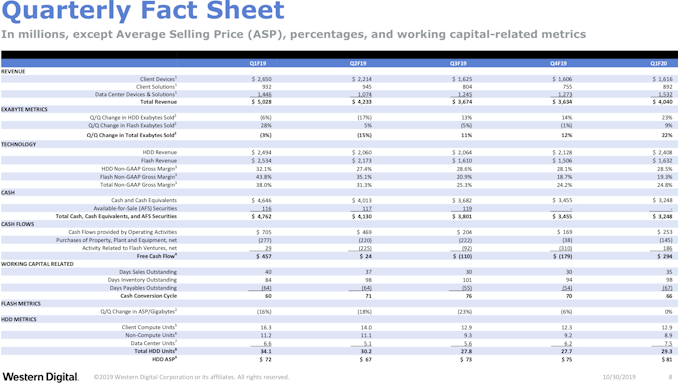

 Quote
Quote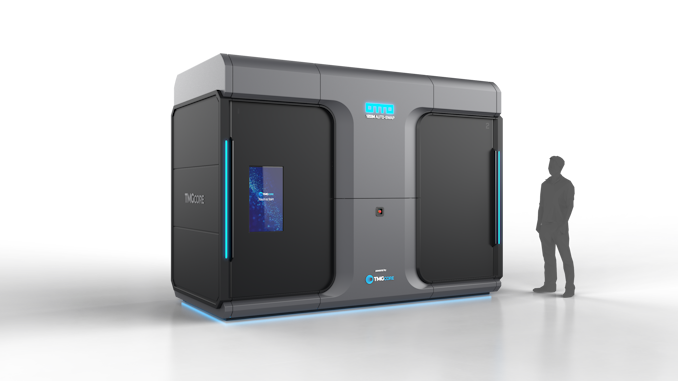
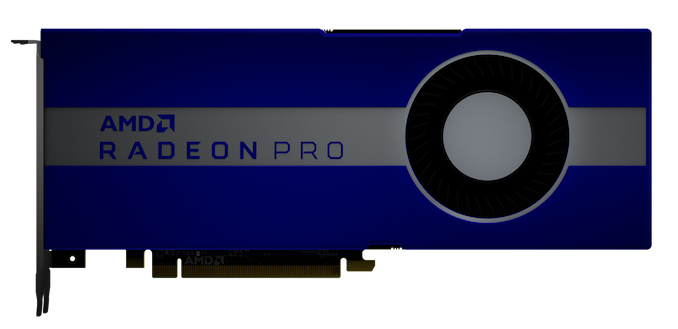
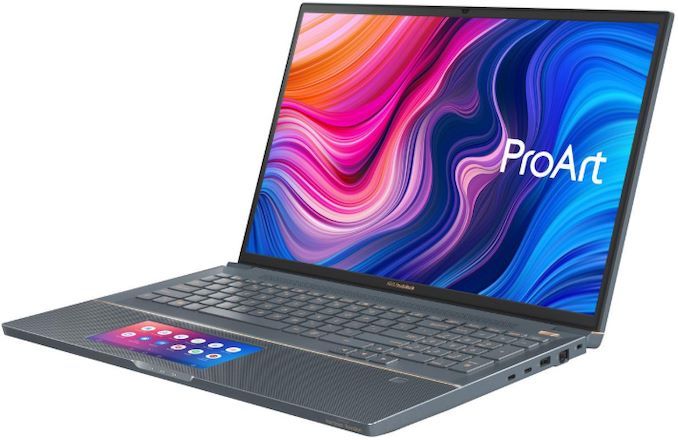
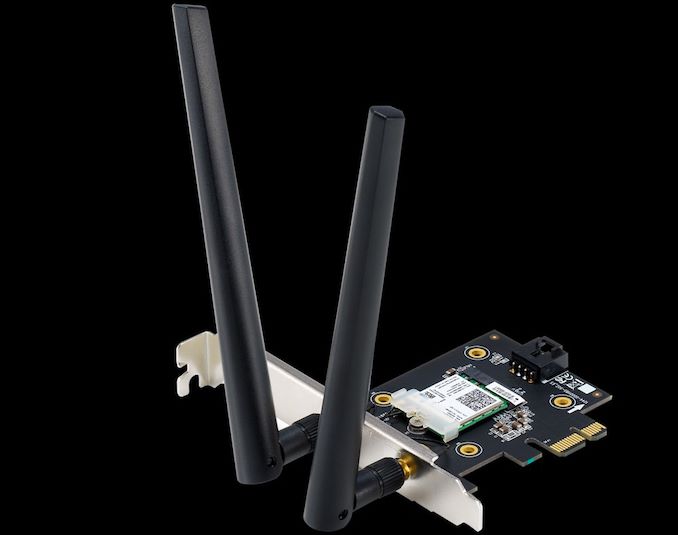
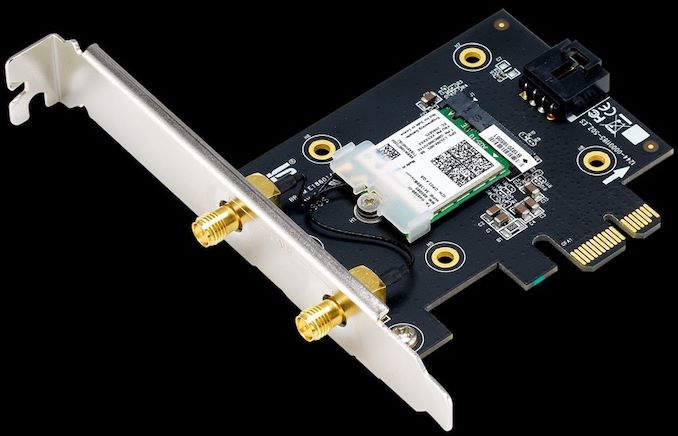
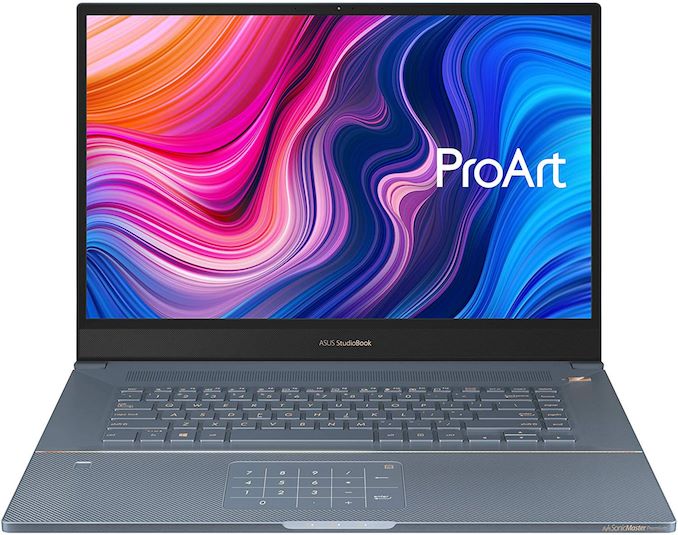

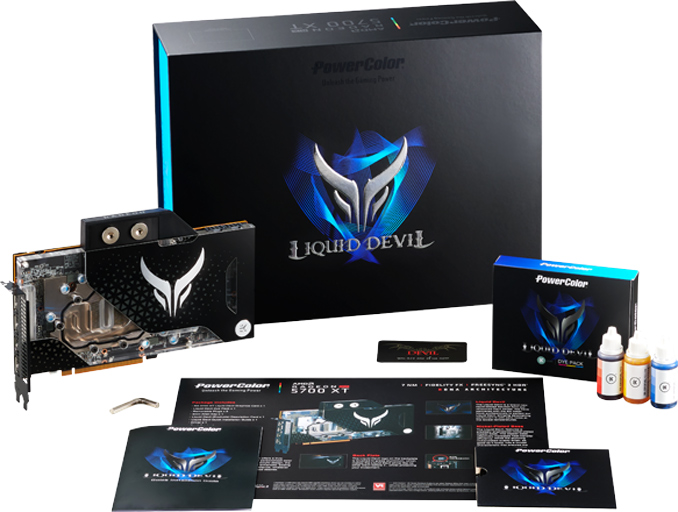

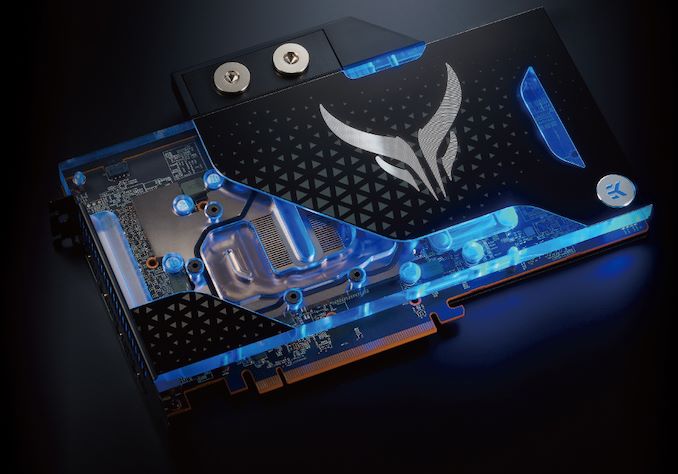
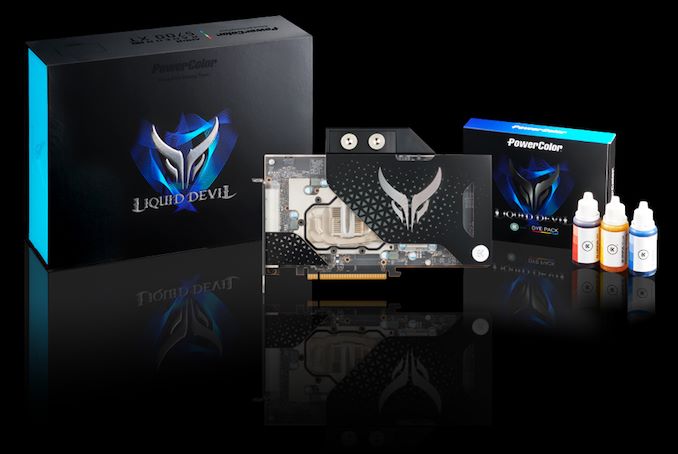

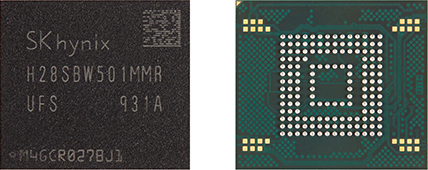


















Bookmarks